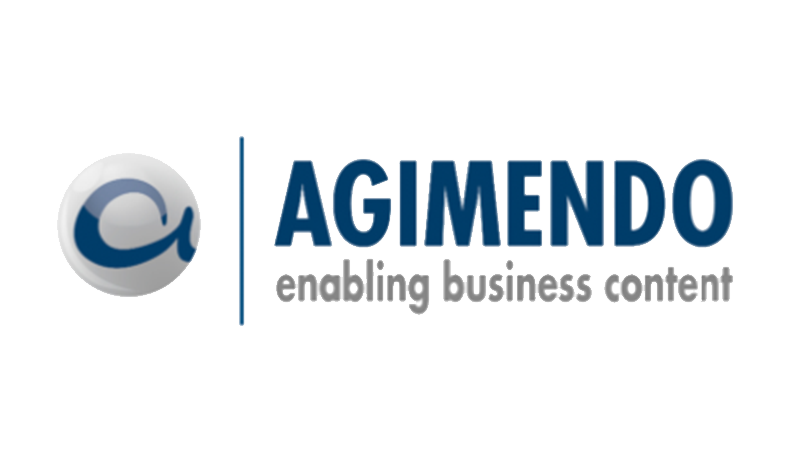[Blog Article | Reading Time: 2 mins] When it comes to CapEx planning for the following year, the divisions and companies are typically completely free of budget allowance. They can present their investment requests as they see fit - even if controlling will approve only a small part of it. This procedure describes typical bottom-up planning. It is the counterpart to top-down planning, which most other planning processes follow.
Bottom-up vs. top-down
With bottom-up planning, the planning process starts in the individual operational units of the company. The planning is then condensed upwards. The top-down variant derives planning from top to bottom. In this case, the management's budget allowance and strategies guide the operative units.
Since the investment requests of all operational units fluctuate strongly from year to year, bottom-up planning makes sense when planning investments. However, this approach entails high operating expenses. Year after year, many controlling units have to handle more investment requests than there is budget available. Usually the controlling units are already aware of this during the planning phase. They manually filter certain investment requests from the planning process right from the start.
The advantages of budget allowance
Pure top-down planning is not helpful in investment planning. In this case, the operative units must strictly meet the budget allowance of the management. However, budget allowance cannot take into account, for example, which machines in which area a company will have to replace in the following year due to age or damage.
A weakened form of top-down planning however, would be good for CapEx planning. If, for example, the management pursues the goal of investing less money in the modernization of buildings in the coming year, it can deliberately set the budget for this at a low level. This allows maintenance work to be carried out. But neither the planners nor the controlling department have to deal with requests for the modernization of buildings. Both save a lot of time and organizational effort.
The same applies in the opposite case: if the management pursues the goal of driving digital change within the company, budget allowance for investments in digitalization are correspondingly higher. This provides planners with orientation and enables them to align their CapEx planning with the budget allowance.
Conclusion
A mixture of bottom-up and top-down is ideal for CapEx planning. Management sets the budget allowance for planning and planners can act freely within this allowance. Controlling saves a lot of time through this procedure.
CapEx Blog Series
3: On the Way to the Perfect CapEx Plan
4: Intrayear Forecast - Always Know the Score
5: Budget Allowance, or Make a Wish?
6: Individual Investments or Projects?
7: Quick and Easy Access to Specifications




